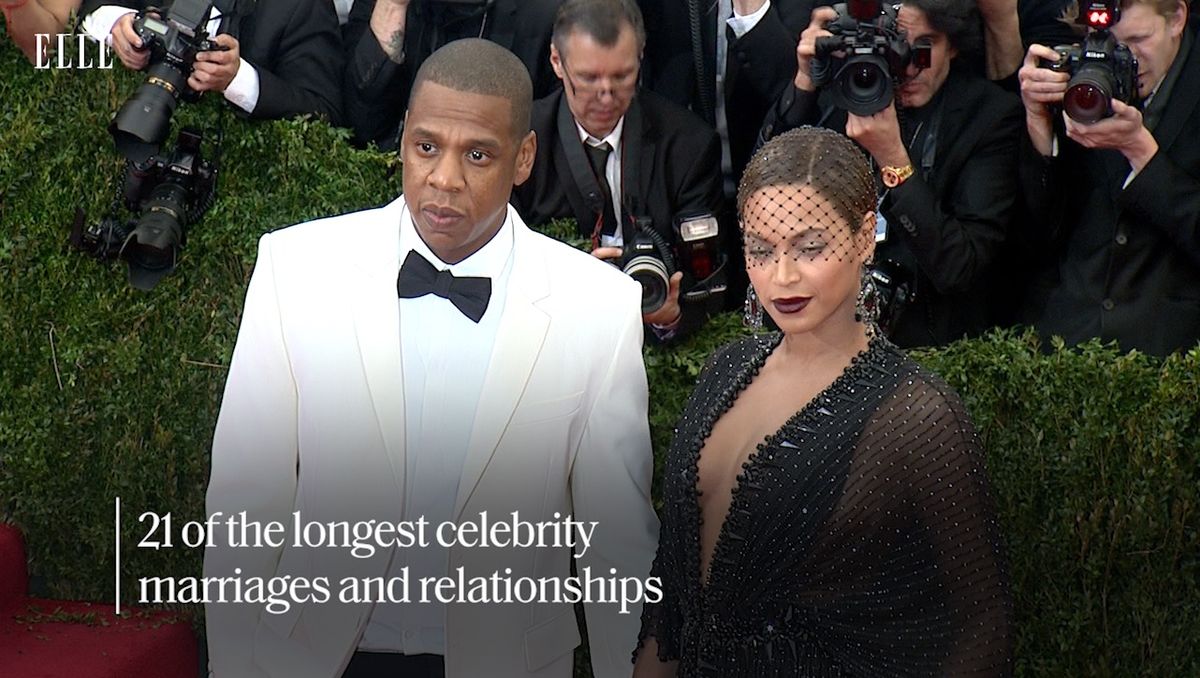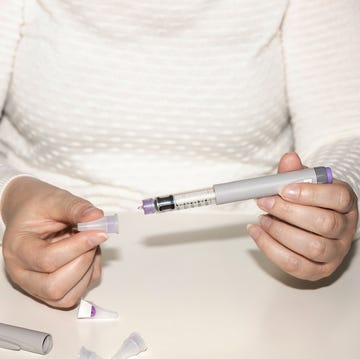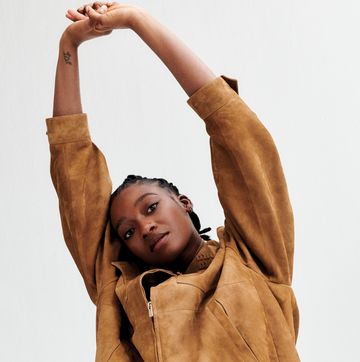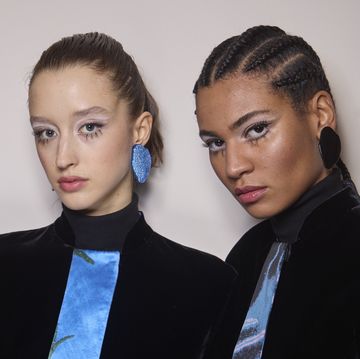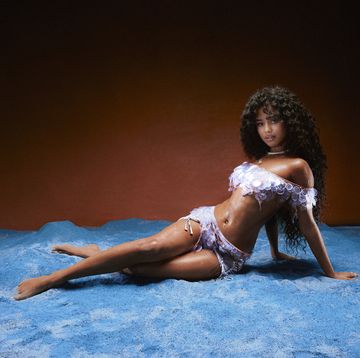It’s 5pm on a Monday and I’m about to cuddle with a complete stranger. My boyfriend has popped to the shops to give us some privacy. I’ve lit my favourite Bergamot and Earl Grey candle, washed the pillowcases and slicked some mascara on. I’m wearing a new pair of earrings. I quickly brush my teeth and spritz some perfume on before getting comfy on the sofa. ‘What if she doesn’t like me?’ I think to myself as I nervously turn on my laptop camera. On the screen appears the face of my virtual ‘date’ for the evening, Jean Franzblau.
Jean, 50, is founder of the Cuddle Sanctuary – a Los Angeles-based professional cuddle organisation that works to provide a sense of calm and intimacy to clients via consented, social touch. ‘You can compare professional cuddling to sex work insofar as a client can relax in the knowledge that they don’t have to be perfect socialisers to get their touch needs met,’ Jean tells me. Launched in November 2014, the Sanctuary works with adults on the autistic spectrum, survivors of sexual assault and post-traumatic stress disorder (PTSD), the newly single and recently bereaved. You can even book a group session through Airbnb and TripAdvisor if you’re new to the city and in need of physical connection.
However, when the Coronavirus pandemic spread across the world at the end of last year, Jean and her fellow professional cuddlers were forced to overhaul their service. 'At the beginning of March, we were meeting our clients weekly, one-on-one in person, and in one sharp moment it was over,' she says. As a result, they began offering online workshops and virtual sessions on Zoom. 'The words "virtual cuddle session" are an oxymoron - I don’t pretend it’s not. It’s almost ridiculous sounding,' she notes. But, unsurprisingly, the forced isolation from lockdown has resulted in a boom in business.
It’s a well-known fact that humans are hardwired to enjoy physical touch. It’s the first sense we learn as a baby, how we develop communication and forms an integral part of social bonding. Prior to the pandemic, a newly-published 'Touch Test' study commissioned by BBC Radio 4 and the Wellcome Collection found that out of almost 40,000 people in more than 110 counties, more than half said they weren’t getting enough touch in their lives. With lockdown forcing many of us to work and socialise virtually from home, experts warn that the lack of physical touch will increase loneliness, mental health issues such as depression and anxiety and ‘touch hunger’.
‘The danger of touch starvation is that it has an impact on your mental and physical health,’ explains Relate counsellor Simone Bose. ‘Touch helps to produce the anxiety-reducing hormone oxytocin which impacts positively on our social behaviour, making us feel safer in the world. Everyday touch, such as a pat on the back or a handshake, can make people feel more connected, so it’s no surprise that people are feeling lonelier than ever before.’ While it’s no replacement for real, human intimacy, virtual cuddles may be a great way to satisfy a person’s touch needs at a safe, Covid-19-free distance.
Before the pandemic, a cuddle session – which can cost between $80 to $100 an hour – would take place in a cuddler’s or client’s home. Prior to the meeting, a client will fill out a waiver in which they agree to follow strict guidelines, such as providing payment prior to the session and sobriety for its duration. A cuddler then hosts an intake meeting, during which they’ll discuss the client’s intention for the session and their mutual boundaries. ‘I want to co-create a key to unlock a person’s relaxation and find out what they want to gain,’ Jean explains. The session itself can involve anything from stroking, laughing, crying and dancing to staring into each other’s eyes, holding hands and, of course, cuddling.
During lockdown, the same process takes place online, but the cuddler and client will complete the session in their respective homes, via Zoom, and imagine they’re being touched by each other.
Sat cross-legged on the sofa with my laptop perched atop a footrest, Jean and I begin our meeting by mirroring each other’s movements. I face the palms of my hands inwards and begin expanding and contracting them like an accordion as we inhale and exhale, simultaneously. Jean asks if I’d like to make an audible sound with each exhalation. ‘I really hope my neighbours don’t think I’m having an orgasm,’ I worry with each loud breath. After a few seconds of suppressed laughter, I ease into the practice and my body starts to relax.
From the outset of our meeting, it’s clear that consent is paramount to its success, as is no sexual touch. ‘What matters most is that people want the contact,’ explains Jean, who highlights that nothing happens during our time together without my say-so. ‘With safety comes relaxation. As professionals, we would never want to retraumatise anyone who might suffer from touch trauma. If you’re putting people together who don’t know about the difference between sexual and platonic touch it can be fraught with mistakes and misunderstandings,’ she adds.
Clients and cuddlers must also acknowledge that arousal can be a natural response of touch. If someone does become ‘turned on’, professional cuddlers are trained to help clients refocus their attention back to the platonic experience, ensuring not to shame sexual urges. ‘It’s important to discuss our bodies across the gender spectrum, in real-time, during our cuddle sessions so there’s no humiliation as a result of bodily sensations,’ she notes.
It’s this boundary between platonic and sexual touch that first sparked Jean’s interest in her profession. For years, she’d sought sexual connection to satisfy her need for physical contact. ‘If I was feeling lonely, skin-hungry, in need of companionship or a hug when I was traveling for work I would find myself in depressing situations,’ she admits. It was when she saw an image of adults wearing pyjamas and cuddling each other in a magazine that she realised she might be able to satisfy her touch needs through non-sexual interaction. Weeks later, she found herself being spooned and spooning strangers in a local group cuddle session. ‘It was authentic and honest,’ she recalls of the experience. ‘We didn’t have to engage in small talk. I felt like I floated home on a cloud.’
Stephen Taddeo, one of Jean’s clients, sought her services following his divorce. ‘I knew I wasn’t available for a relationship but still needed touch and connection,’ the aerospace engineer tells me from his home in California. ‘It felt like a godsend. It was a powerful relief to get hugs and acknowledgement for my mammalian need for snuggles in an environment of safety and validation.’ In 2016, Taddeo - who has Asperger’s – trained with the Sanctuary to become a professional cuddler. ‘A hug brings my heart as close as possible to the other person’s, my face in contact with theirs, even my carotid artery in my neck – the most vulnerable part of me – and theirs are often in direct contact. It is the closest form of human touch I can imagine.’
As my own session continues, I begin to feel knots of tension in my neck and shoulders loosen, as if I’m undergoing a massage. At one point, I close my eyes while Jean instructs me to visualise her stroking her fingertips down my cheeks. The tenderness is alien to me after months of picking at my spots at my desk during lockdown. I struggle to repress a yawn bubbling up from the bottom of my throat.
Another exercise involves visualising cuddling a loved one. I wrap my arms around my chest and hug myself tightly. I'm surprised by the warmth of self-comfort. After a brief discussion about my recent emotional state, similar to a counselling session, I'm asked to visualise myself as the pillow in my arms. I stroke it gently with my fingertips before nuzzling my face into its fresh cotton case. At the end, I feel noticeably calmer.
One of my biggest reservations before the session was that it would be creepy. After all, it’s not every day you pay for a stranger to cuddle you from 5,000 miles away. It’s a concern professional cuddlers regularly come across.
‘There is nothing shameful about needing touch,’ Fei Wyatt, a professional cuddler with the Sanctuary since 2015, tells me. ‘Not all of us grew up with healthy relationship modelling in our homes, nor are in places in our lives where relationships are accessible, or even healthy for us. People who find it creepy are lucky because they probably haven’t lacked touch and unlucky because they don’t know how wonderful it can be.’ Taddeo agrees, noting that it’s precisely the establishment of clear boundaries on both sides and a communication protocol to maintain those limitations during a session that ensures it’s anything but unsettling. ‘Nothing is happening that a four-year-old couldn’t walk in on,’ he reminds me.
A virtual cuddle is in no means a replacement for the real thing: the warmth, tenderness and intimacy you feel from embracing a friend, partner or relative, but it’s not far off. ‘Comparing an online session to an in-person one is like comparing apples to oranges. But they’re still fruit!’ jokes Wyatt. From my experience, a virtual cuddle provides a similar sense of comfort and self-care to that acquired through the use of a mindfulness app, having a facial or going to therapy. At a time when touch is taboo and widely feared, virtual cuddling might well be just what we need to find some much-needed human connection.
Like this article? Sign up to our newsletter to get more articles like this delivered straight to your inbox.
In need of more inspiration, thoughtful journalism and at-home beauty tips? Subscribe to ELLE's print magazine today! SUBSCRIBE HERE

Katie O'Malley is the Site Director on ELLE UK. On a daily basis you’ll find Katie managing all digital workflow, editing site, video and newsletter content, liaising with commercial and sales teams on new partnerships and deals (eg Nike, Tiffany & Co., Cartier etc), implementing new digital strategies and compiling in-depth data traffic, SEO and ecomm reports. In addition to appearing on the radio and on TV, as well as interviewing everyone from Oprah Winfrey to Rishi Sunak PM, Katie enjoys writing about lifestyle, culture, wellness, fitness, fashion, and more.





